Aligning Compensation with Employee Expectations in the Modern Workplace
In the wake of the Great Resignation, a critical issue has surfaced: the widening gap between employee expectations and company compensation strategies. As the workforce landscape evolves, a fundamental misalignment between what organizations offer and what workers truly desire has become increasingly apparent. This discrepancy reveals deeper issues beyond mere salary figures, extending to the very heart of job satisfaction and organizational effectiveness.
The Underlying Issues of Compensation
For many workers, the dissatisfaction with their pay isn’t just about numbers—it’s about feeling undervalued and unchallenged. Inflation and the rising cost of living have outpaced stagnant wages, leaving many employees feeling financially squeezed. According to the Economic Policy Institute, while productivity has surged by over 60% in the past four decades, wages have largely remained flat.
Modern tools like salary comparison websites and social media have only intensified this issue, making pay disparities more visible and fueling frustration when earnings fall short of expectations. However, compensation is not the sole driver of discontent. A growing number of employees seek meaningful work that aligns with their personal values and offers growth opportunities. McKinsey’s research highlights that over 80% of workers either feel uncertain about their ability to fulfill their purpose at work or believe it’s simply unattainable.
This shift in priorities underscores the necessity for organizations to align their culture and values with employees’ aspirations. When companies fail to provide fulfilling work and clear career advancement paths, compensation issues can become even more pronounced.
The Organizational Strain: Turnover and Engagement
From the corporate perspective, misalignment between compensation and employee expectations has significant implications. High turnover rates and widespread disengagement signal deeper problems. Even with competitive pay and benefits, companies struggle to retain top talent in a competitive job market where rivals often present more attractive offers. The financial strain of replacing employees, which can be up to four times the role’s salary, underscores the urgency of addressing these issues.
Skill gaps further complicate matters. Research indicates that talent misallocation can create disparities up to 800% compared to well-aligned organizations. This highlights the need for strategic workforce planning and skill development to drive innovation and operational efficiency.
Moreover, the inability to accurately measure and optimize talent investments exacerbates the problem. Poor communication around performance expectations and reward structures often leads to dissatisfaction, creating a cycle of underperformance and frustration.
Bridging the Divide: Collaborative Solutions
To address the misalignment between employee expectations and company compensation strategies, a collaborative approach is essential.
For Employees: Be Proactive and Communicative
Employees should take an active role in their career development. This involves engaging in open discussions about their goals and aspirations with their employers. Proactive communication about performance, seeking out training opportunities, and voicing concerns about compensation are crucial steps in ensuring that their needs and expectations are met.
For Companies: Foster Transparency and Development
Organizations need to communicate clearly about their compensation philosophies and decision-making processes. Transparent discussions about how compensation is determined and how performance is rewarded can build trust and understanding.
Companies should also focus on cultivating critical skills for future success rather than relying solely on traditional job descriptions. By fostering a culture of continuous learning and providing personalized growth paths, organizations can help employees acquire the skills needed to excel.
Utilizing data analytics to track employee engagement, retention rates, and performance metrics can offer valuable insights into the effectiveness of talent management strategies. This data-driven approach allows companies to make informed decisions and address areas needing improvement.
Conclusion
By embracing these strategies, both employees and companies can work towards a more harmonious and productive work environment. Aligning compensation with employee expectations and fostering a culture of growth and transparency can bridge the gap between talent and organizational goals. This collaborative effort not only enhances job satisfaction but also drives organizational success in a competitive landscape.




